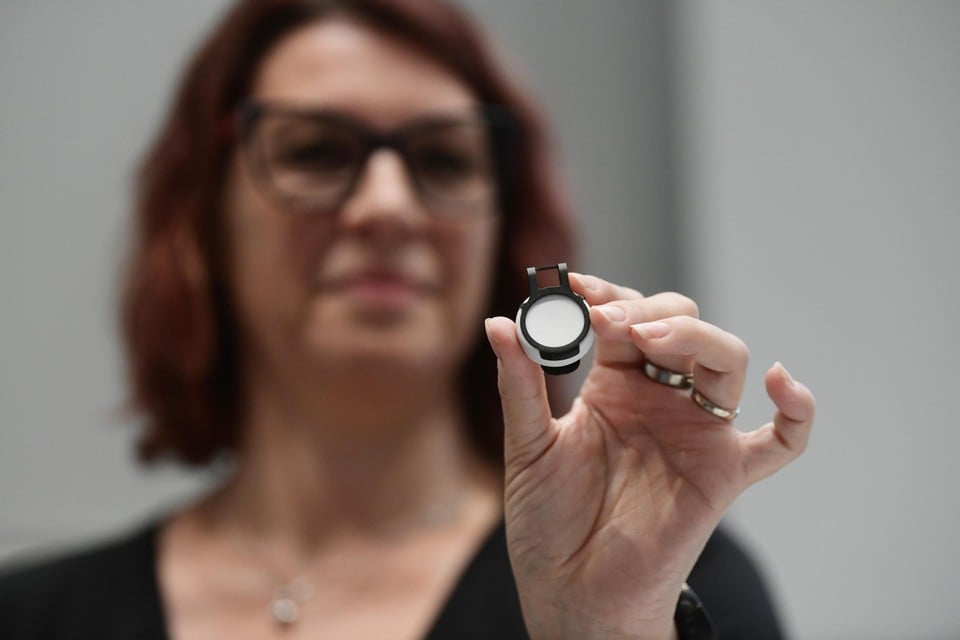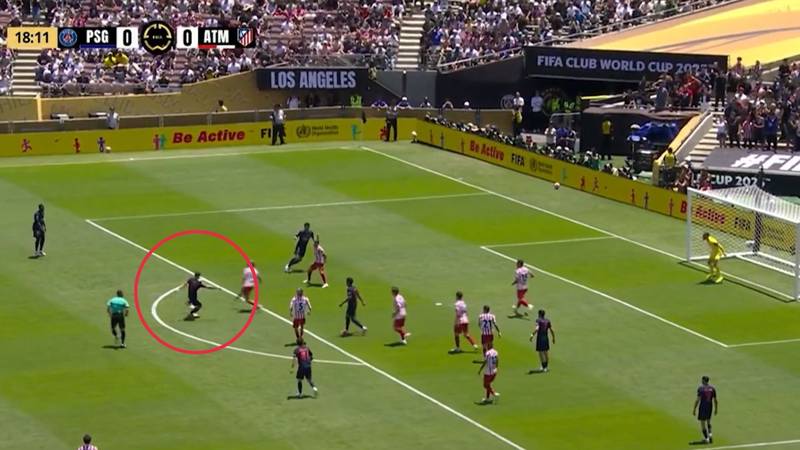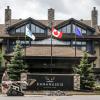In the Dutch Pavilion at the World Exhibition in Osaka, Nijntje talks about circular economy
/s3/static.nrc.nl/images/gn4/stripped/data131252838-4fcb50.jpg|https://images.nrc.nl/-9HggfYGFyCTSA_3bWSdNqEaG6Q=/1920x/filters:no_upscale()/s3/static.nrc.nl/images/gn4/stripped/data131252838-4fcb50.jpg|https://images.nrc.nl/GSGnS9HiVP6ykqqm-B7r90s-u68=/5760x/filters:no_upscale()/s3/static.nrc.nl/images/gn4/stripped/data131252838-4fcb50.jpg)
A glowing white dome protrudes above the bay of Osaka. It is the visual center of the Dutch pavilion at the World Exhibition 2025, a futuristic building with a facade of wavy steel slats.
Architect Thomas Rau has each building material in the pavilion with a passport and registered in a Digital Land Registry. In this way he wants to follow how the materials are re -used after the expo has ended. Sustainable use of materials is one of the central themes of this world exhibition. « We are guests on earth, » says the pavilion architect. « Everything you create comes from limited sources. That is what we wanted to make clear with our design. »
The pavilion is a shop window of Dutch innovations. Visitors are introduced to installations that depict the extraction of energy from waves, to iconic water works such as the Delta Works and the Afsluitdijk. The emphasis is on the Netherlands as ‘Waterland’. At the start of the walk through the pavilion, visitors are presented a message that proudly propagates the Netherlands: more than a quarter of the country is below sea level but remains dry thanks to good water management.
The experience starts under the enlightened dome as soon as visitors one orbget a luminous sphere. « You normally only see this in Science Fiction films, » says Consul General Marc Kuipers. He runs the pavilion on behalf of the Netherlands. The luminous bulbs can press visitors in the building against artworks on the wall, or keep them close to those of other visitors. This means they change color or pulsate with a new rhythm. The Orbs mainly have an accompanying function: they encourage visitors to stand still at key points in the pavilion and to get the Netherlands as a ‘innovation country’.
Franck Robichon/EPA
/s3/static.nrc.nl/images/gn4/stripped/data131252746-d4a4fc.jpg|https://images.nrc.nl/nvjKPHpoktp5tVCM04U_2X6Tmo4=/1920x/filters:no_upscale()/s3/static.nrc.nl/images/gn4/stripped/data131252746-d4a4fc.jpg|https://images.nrc.nl/4kske7p-LQD7tLccRTOOVGwtBVQ=/5760x/filters:no_upscale()/s3/static.nrc.nl/images/gn4/stripped/data131252746-d4a4fc.jpg)
Photo Hiro Komae/AP Photo
World expo
Since 1851, the World Expo has been an international event where countries present their technological progress and visions of the future. It is intended to promote cooperation between countries on the major issues of De Tijd, such as the previous edition in Dubai: sustainability and mobility. Over the years there have been iconic buildings, such as the Eiffel Tower in Paris (1889), the Atomium in Brussels (1958) and the Space Needle in Seattle (1962).
The Netherlands has participated every time since the first edition of the World Exhibition, in London. According to the National Service of Entrepreneurial Netherlands, the previous participation in Dubai received nearly 170 million euros in contracts for Dutch companies.
The 35th edition of the World Expo will take place this year on Yumeshima, an artificial island south of Osaka. The theme, Designing Future Society for Our Livesrevolves around the role of technology in improving quality of life.
This year 158 countries and regions are participating, in an area that is about three times as large as the Amsterdam Vondelpark. The organizers ultimately aim for a total of 23 million visitors, a modest number compared to the First World Expo in Osaka, which attracted more than 64 million visitors in 1970. Yet the road there is bumpy. Ticket sales are lagging behind schedule, several countries were struggling with building delays and the construction costs have doubled. A few pavilions remained closed on the first day, while technical malfunctions and logistics bustle led to long waiting times. The visitors are mainly recreationists, but smaller trade missions take place on the side lines. Japan uses the exhibition to strengthen international collaborations.
Prime Minister Dick Schoof’s visit to the Dutch Pavilion for the official opening emphasized this diplomatic mission. During a tour, the prime minister spoke about the broader importance of cooperation with Japan, and of the Dutch presence at the Expo: « We are two countries with many geopolitical and economic unrest around us, » he said, referring to the growing military power of China and the disruptive American import taxes. « That is precisely why it is necessary to look for each other and work together on the well -being and prosperity of our societies. That is the message here. »
Miffy
« We are not going to find any solutions for international challenges such as pandemies and climate change, » says Consul Kuipers. He sees that collaboration symbolized in the Orbs, which will pulsate on the same rhythm if you hold them against each other, as a shared heartbeat. The deeper message is uncomfortable. No matter how impressive the Dutch innovations are, without help or buyers from abroad, the impact remains limited.
/s3/static.nrc.nl/images/gn4/stripped/data131252629-fe74e7.jpg|https://images.nrc.nl/Sj-C5GoIA6QjY92OQJGfKAGb0BI=/1920x/filters:no_upscale()/s3/static.nrc.nl/images/gn4/stripped/data131252629-fe74e7.jpg|https://images.nrc.nl/pXz_tPCUhj05E8K8Y5PYyns8bNM=/5760x/filters:no_upscale()/s3/static.nrc.nl/images/gn4/stripped/data131252629-fe74e7.jpg)
Photo Soichiro Koriyama/EPA
The pavilion is full. Visitors not only push the luminous bulbs against the artworks, but also keep them in the dark corridors as lighting with small booklets hanging through the building. On the front is a well -known Dutch drawing figure: Miffy. « It is incredible how incredibly popular Miffy is here. Or as the Japanese know her: Miffy, » says Kuipers.
According to the consul, the intention was to explain complex concepts such as sustainable chemistry and hydrogen transport to children with the booklets in easy language and Miffy drawings, who have been reading Miffy booklets at school from an early age. « But she is now so recognizable for the Japanese that even the adults look at the booklets. »
Prime Minister also seems to predominate. « I heard that the limited edition Nijntjes were sold out on the first day, » says the prime minister about the hugs that are in the souvenir shop for converted thirty euros. The most important Japanese word he has therefore remembered is obvious: « Miffy, » he laughs aloud.

/s3/static.nrc.nl/wp-content/uploads/2025/06/16050831/ANP-529983991.jpg)
:format(webp)/s3/static.nrc.nl/wp-content/uploads/2025/04/04111243/data130287438-072114.jpg)
:format(jpeg):fill(f8f8f8,true)/s3/static.nrc.nl/images/gn4/stripped/data133624369-1d45bc.png)




